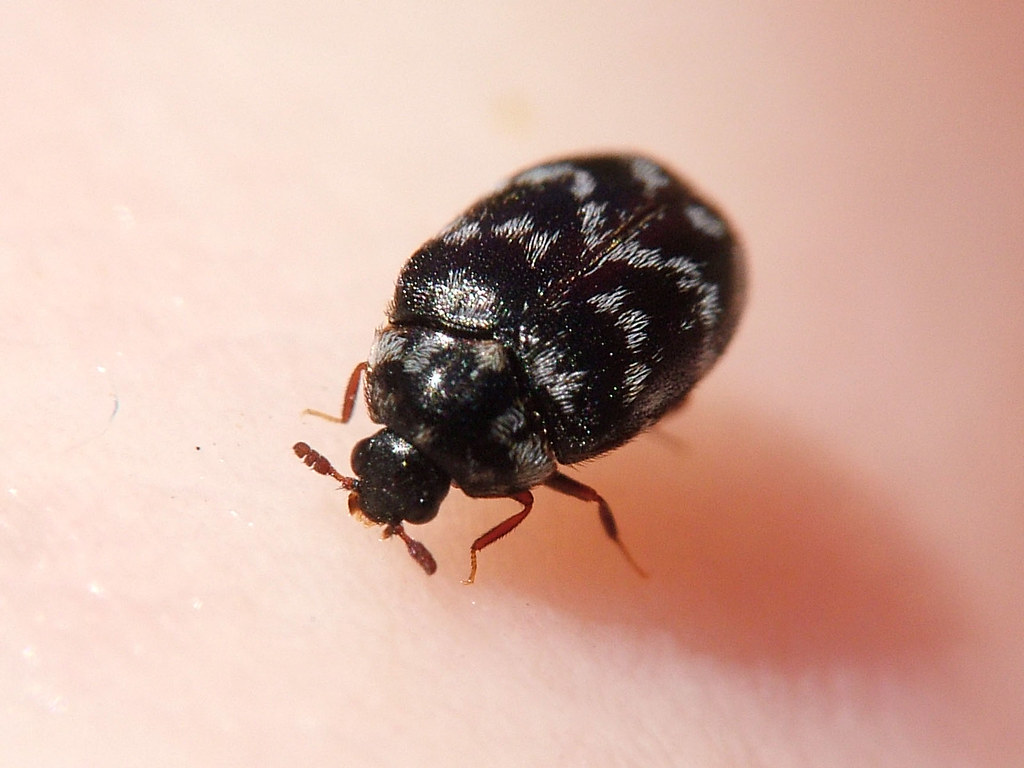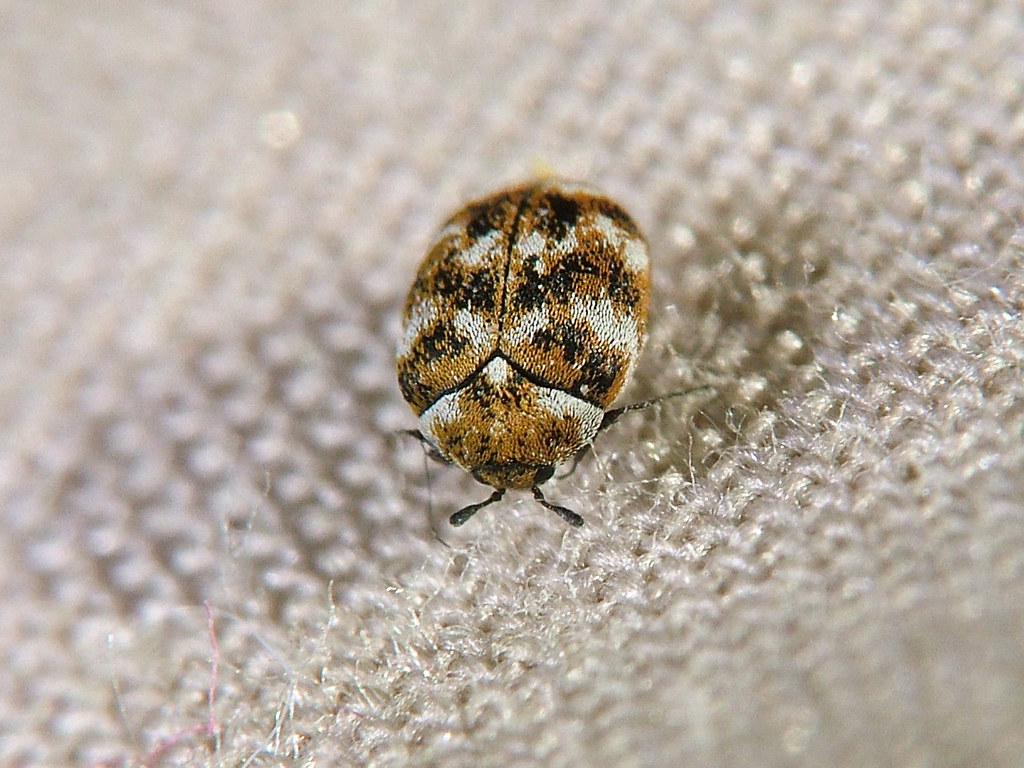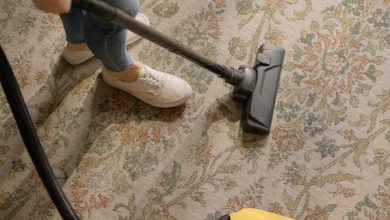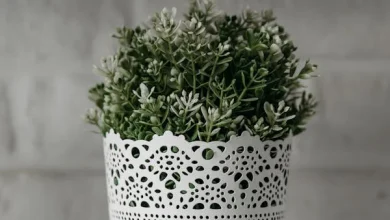
How to Get Rid of Carpet Beetles? A Complete Guide to Getting Rid of Carpet Beetles
What are carpet beetles?
Among the most destructive insect invaders are carpet beetles. As adults, they are about 14 inches long and black, tan, white, or have some combination thereof. It is common for them to congregate near windows and doorways, so keep an eye out for them there if you suspect an infestation. A carpet beetle’s adult form is disturbing but harmless. It is larval form-when it looks like a worm-that can damage natural fibres.
Getting into your home can happen in several ways: by flying in through open windows, hitching rides on clothes or flowers, or even through your pets. Upon entering, carpet beetles (Dermestidae) can lay eggs and develop larvae that disrupt carpeting, curtains, upholstered furniture, clothing, and all sorts of other home decor. Make sure they don’t have a chance to do any real harm. Following these multi-pronged methods is the fastest way to deal with carpet beetles fast once you spot one.
What is the place where they live?
You shouldn’t assume from the common name alone that these pests reside only in carpets. As a rule, they like dark areas, so one can find them behind baseboards, in pantries, closets, and on dressers (especially in places where wool or fur clothing is kept). Other upholstered furniture, such as sofas and armchairs, may also harbour them. If pet dander and fur are present in your home, dust bunnies hide under furniture and in corners, and carpet beetles might be hiding there, too.
Carpet beetles: how dangerous are they?
During their feeding cycle, carpet beetle larvae can damage natural fibers, causing holes in throws and clothes. It is also possible for the bristly hairs to irritate human skin if they are attached to clothing. In addition to causing skin irritation, they are not harmful to humans.
Most of the time, they do not damage the property but rather the items inside it, such as bedding, carpets, and furniture. The problem could worsen if they are allowed to breed.
The food they eat:
Synthetic fibres are safe; however natural textiles such as cotton, linen, silk and wool clothing, blankets, and, of course, rugs and carpets, are the primary food sources for carpet beetles. Sadly, family pantry items can also provide food for these pests, as many species of carpet beetles ingest dry pet food and pasta, flour, cornmeal, and cornflour. Several types of carpet beetles feed on dried flowers and potpourri, and even animal hides.

The way they reproduce:
The life cycle of a carpet beetle can last as little as two months or as long as several years. Adults can deposit more than 100 eggs, which hatch within seven to 35 days. The larvae of carpet beetles can survive several weeks without food, but the insects are most destructive during this phase.
Read More: What Is Snails? Its Effects And How To Get Rid Of Snails With Description
How to identify an infestation?
Since carpet beetle eggs are so small and hard to detect, most people are not aware of an infestation until they see damages to fabric or other items. Rugs and clothing could develop bare spots or small holes from the excessive moisture. Often, carpets with lower nap levels or holes with irregular weaves are evidence. In areas where carpet beetles have eaten masse, there are larger holes indicated by the eaten areas joining together.
Carpet Beetles and Larvae: How to kill them by DIY extermination?
It is good news that once you identify their presence, carpet beetles can usually be eliminated without hiring an exterminator. You can kill carpet beetles by attacking their larvae using these six tips, plus a treatment that will permanently eliminate adult beetles.
7 TIPS TO REMOVE CARPET BEETLES:
It is time to act immediately if you have confirmed that the multicoloured, pinhead-sized beetles moving slowly and rolling over when you touch them are carpet beetles. Despite not carrying disease, carpet beetles eat a lot of plants. Their appetites are also varied and they are fast breeders, so they can easily destroy furniture, clothing, curtains, and carpets made of natural fibers.
It is good news that you can eliminate them. In addition to providing information about how to remove carpet beetles, this article provides seven tips about how to prevent them from repeating themselves.
REMOVAL OF CARPET BEETLES:
Cleaning is the key to getting rid of carpet beetles. The Intensive effort will be required to remove the eggs, larvae, and adults.
- The vacuuming. In the beginning, vacuum carpets, rugs, furniture, and curtains in areas where adults and larvae have been seen.
- Cleaning with steam. The next step is to use a steam cleaner in the same areas you vacuumed. As a result, the remaining beetles and eggs are destroyed by the heat and moisture in this step.
- Pillows and clothing should be washed. For laundry, use hot water and detergent. Infested clothes or clothing that is too damaged to wear should be placed in sealed garbage containers if you aren’t comfortable keeping them.
- Vinegar can be wiped or sprayed on surfaces. White or apple cider vinegar mixed with water can be used to remove dirt and food residue from shelves, drawers, hangers, window sills, and cupboards.
- Boric acid application. Any remaining beetles will be killed by spraying this mild insecticide on carpets, rugs, and furniture. For two hours, let the boric acid dust remain untouched. Vacuum the residue and eliminate the vacuum bag.
- A carpet beetle-targeting insecticide is used indoors. Carpet beetles often hide in crevices around baseboards, sinks, and under appliances. Carpet beetle sprays are widely available at local retailers. Neither carpets nor clothing should be used with these products.
- Contacting a professional exterminator. It can be challenging to remove carpet beetles on your own. Do-it-yourself treatments are not always effective on carpet beetle eggs, since they are persistent and tough household pests.

Corrective actions to prevent carpet beetles:
Following the removal of carpet beetles from your home, preventative measures should be taken to prevent another infestation. You can prevent carpet beetles from returning by eliminating their food sources, vacuuming frequently, and using boric acid and indoor insecticides occasionally. You might consider adding cedar or mothballs to your storage bags or boxes since stored clothing or fabrics are targeted by carpet beetles.
The exterior of your home should also be protected.
- Apply an outdoor insecticide for carpet beetles around the perimeter of your house. Spray the foundation of your home and the soil two to three feet out from the house. Use the insecticide on any potential points of entry such as windows, doorways, vents, or utility pipes.
- Remove and destroy any bird or insect nests from around your house. Carpet beetles will lay eggs in nests and then can migrate into your home.
- Repair your screens, since carpet beetles small size makes any hole a potential entryway.




